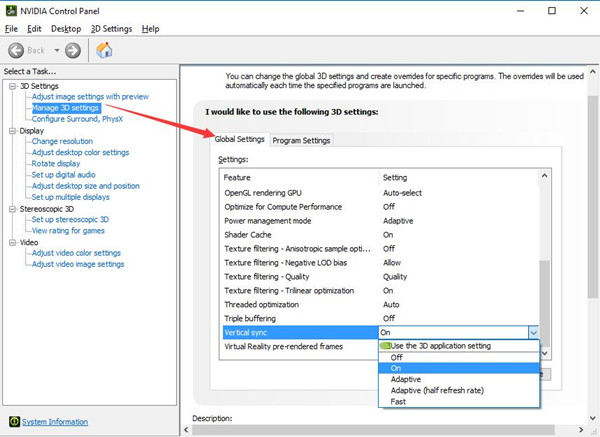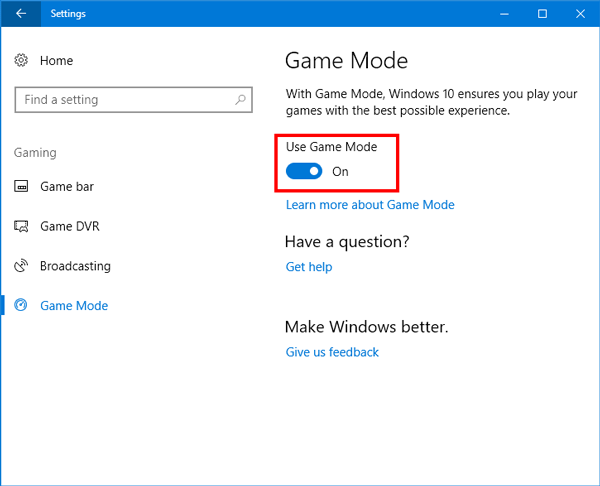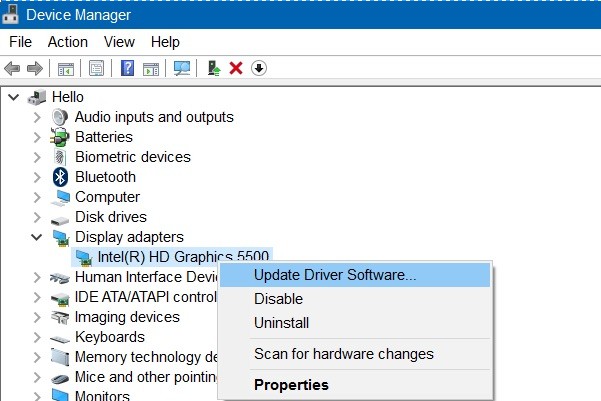Table of Contents
What is screen tearing and how do I prevent it?
Screen tearing is a common problem with video displays. Technically, it happens when the display displays multiple frames of images at once. But there’s more to screen tearing than that.
To understand screen cracking, you need to understand how the monitor displays images.
When the screen is torn, the display material displays information from multiple images in a single frame. The cause of screen tearing is a non-synchronization between the video sent to the system and the screen refresh rate.
Tearing the screen during the game can be quite annoying. Don’t worry about it. Here are some solutions that can help you solve this problem, and you can try them one at a time until the Tearing Screen Syndrome is completely removed in Windows 10.
How the monitor works
To understand what a screen stutter is, you need to understand how the monitor displays information. The actual screen is divided into pixels, and each pixel displays a red, green or blue light. The computer tells the monitor how much of each color to display.
The image is displayed as a single still frame and redrawn over and over with minor changes depicting the motion. The rate at which this new image is drawn is called the refresh rate.
Also Read: How to fix Windows backup error code 0x8100002F
Why does my Windows screen Tear when playing games or watching videos?
There are several reasons why the video stream is out of sync with your computer’s frame rate. Most likely, it’s related to screen tearing.
- Display adapter/ driver (software)
- Graphics card (hardware) or
- Windows display settings
You can see that your PC screen is cracking due to one of these three factors. However, problems with display drivers or GPU or computer settings can be caused by a variety of conditions.
Turn on NVIDIA V-Sync

Assuming you are getting torn screens in games and videos, the first thing you need to do is enable Vertical Sync (V-Sync) for your NVIDIA card and FreeSync for AMD.
The graphics card should be synchronized at 60 FPS for a 60 Hz display and 120 FPS for a 120 Hz display. As long as there are too many images displayed on the monitor causing the display to buffer or flicker, certain refresh rates, G-Sync can effectively correct game sync errors.
Activate V-Sync in the Graphics Control Center to prevent tearing the monitor.
- Right-click on the desktop to open the NVIDIA Control Panel.
- Go to the NVIDIA Control Panel on the right and select 3D Settings> Manage 3D Settings.
- Then scroll down under Manage 3D Settings in the right panel to decide whether to enable vertical synchronization or not.
- You can also set NVIDIA Vertical Sync to Adaptive as VSync is done automatically when you turn off FPS. This way, Adaptive V-Sync recovers the screen clipping.
- When NVIDIA Vertical Sync is enabled, click Apply to activate the changes.
- This can be of great help in resolving the “NVIDIA Game not matching” error.
Disable “game mode” and full screen optimization

- Enter “Settings” in the search field and open the application.
- Click “Games” in Settings.
- Click on the game bar to the left of the navigation bar and disable the “Play clip, take screenshots, and send through game bar” option. Select “Send” and disable the “Save audio when sending” option.
- Restart your computer.
If the problem persists, continue to the next step.
- Right-click on the game and select Properties.
- Click on Compatibility and select the option to disable full screen optimization.
- Click Apply to save your changes and exit the game. Restart your computer.
Check if the Nvidia screen crashing issue still occurs.
Graphics card update

It is not surprising that outdated graphics drivers can cause screen stuttering. Let’s take a look at the steps involved in updating the driver.
- Hold down the Windows key and press R to open Run.
- Now type devmgmt.msc in the bar and press Enter.
- In Device Manager, move the cursor to the Display Adapter option and double-click on it.
- Right-click the current video driver under “Display Adapter” and click “Update Driver”.

